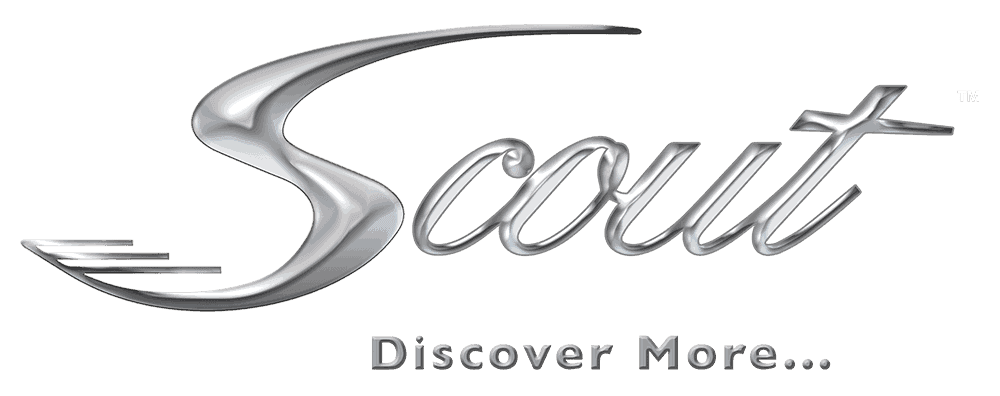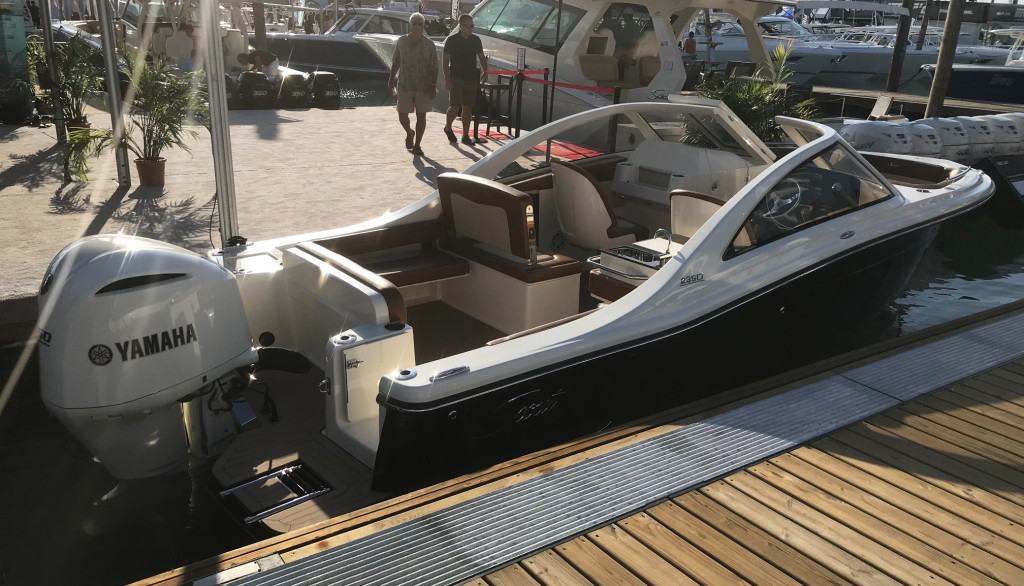
Docking a boat can be one of the easiest parts of boating. In good conditions—and usually when no one is watching—the boats seems to glide perfectly into place. But with windy conditions, sharp angles, and lots of traffic with seemingly everyone watching, docking a boat can be quite stressful! That’s why you need to learn how to dock a boat safely, effectively, and properly, so that you can get it right every time regardless of the environment around you.
Approach Slowly
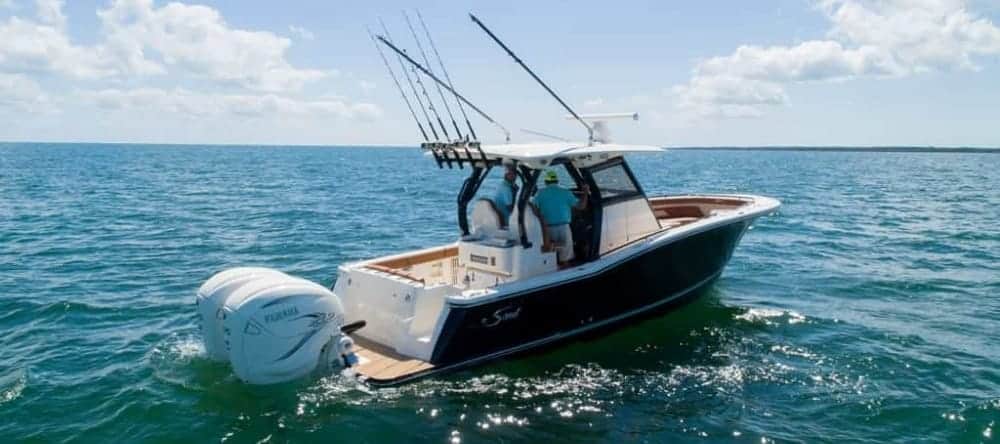
One of the clichés of boating is to never approach a dock faster that you are willing to hit it. Basically, you should always assume that a gust of wind or an obstruction will force you off path, possibly guiding you directly into the corner of the dock, which could seriously damage your prized fiberglass hull if you are going too fast. No matter how confident you are, always approach a dock slowly.
Remove Wind-Catchers in Drafty Weather
Perhaps the most challenging aspect of docking a boat is dealing with high winds, particularly a cross wind. But you can reduce the wind’s effect on your boat by removing or lowering any items on your vessel that are catching a breeze. Obviously a sail is going to cause trouble, but awnings and covers can also be troublesome. If your boat has any attached umbrellas or other items that can catch the wind, remove them for better docking.
Keep the Engine Running Until You’ve Reached the Dock
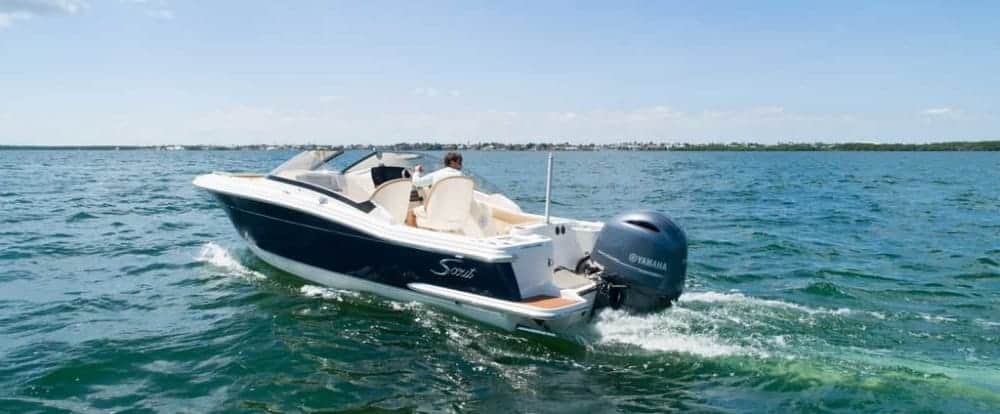
As you approach the dock, it can be tempting to shut off the engine and coast into your docking spot. But if anything throws you off track, such as a breeze or a wave, you’ll need your engine again. Keep it running so you don’t have to start it back up if anything happens.
Short Bursts of Power are Better Than a Steady Throttle
As you approach a dock, it’s best to use short bursts of power as opposed to a constant and steady throttle. This will allow you to make slight adjustments, and will reduce the risk of your boat approaching the dock too quickly.
Use Ropes, Cleats, and Bumpers at All Times
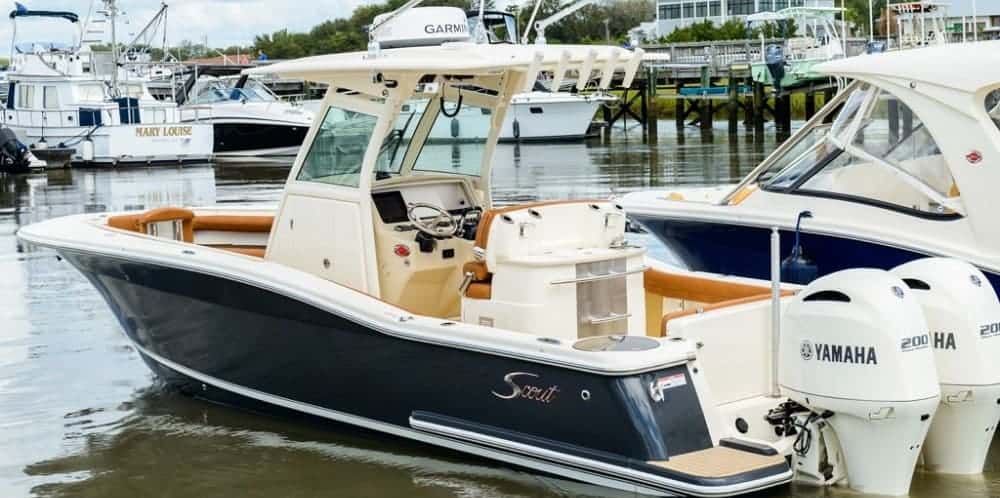
Proper ropes, cleats, and bumpers are crucial to a successful docking and in protecting your vessel. Make sure your boat has plenty of ropes and bumpers on board, and don’t leave ropes tied to the dock when you leave. Instead, keep your personal ropes on the boat, as someone may take your spot.
Remember: You Can Always Retry
Above all, remember that you can always put the boat in reverse and try again. If docking is giving you trouble, don’t try to save a bad situation. Be sure to back out, get into proper position, and approach again.
Purchase a Top-Quality Boat from Scout
Now that you know how to dock a boat, considering purchasing your dream vessel from Scout! You can design it to fit your exact needs with the Build Your Scout tool so that you can have your ideal experience on the water. Don’t wait—create the perfect boat today.
